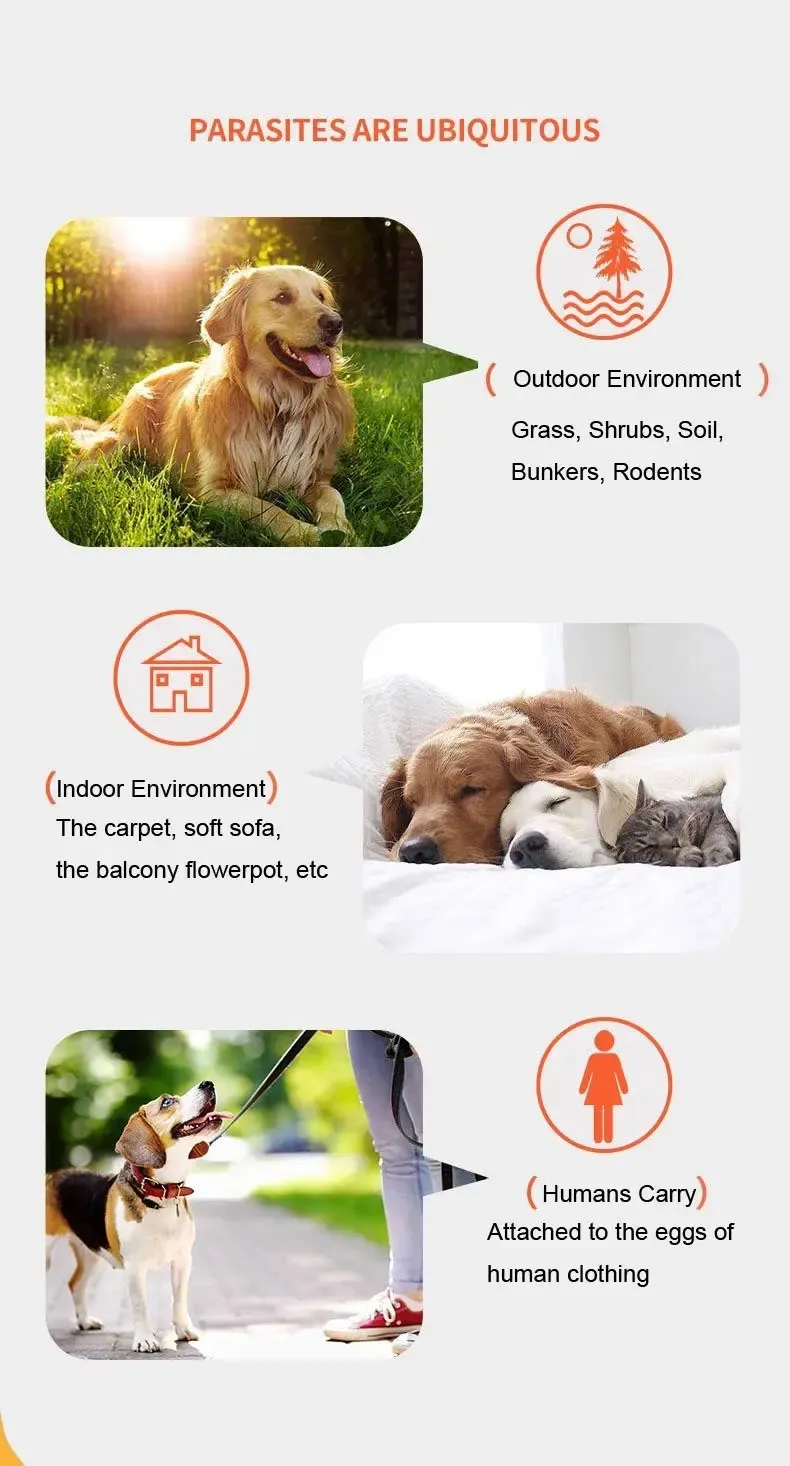- Afrikaans
- Albanian
- Amharic
- Arabic
- Armenian
- Azerbaijani
- Basque
- Belarusian
- Bengali
- Bosnian
- Bulgarian
- Catalan
- Cebuano
- Corsican
- Croatian
- Czech
- Danish
- Dutch
- English
- Esperanto
- Estonian
- Finnish
- French
- Frisian
- Galician
- Georgian
- German
- Greek
- Gujarati
- Haitian Creole
- hausa
- hawaiian
- Hebrew
- Hindi
- Miao
- Hungarian
- Icelandic
- igbo
- Indonesian
- irish
- Italian
- Japanese
- Javanese
- Kannada
- kazakh
- Khmer
- Rwandese
- Korean
- Kurdish
- Kyrgyz
- Lao
- Latin
- Latvian
- Lithuanian
- Luxembourgish
- Macedonian
- Malgashi
- Malay
- Malayalam
- Maltese
- Maori
- Marathi
- Mongolian
- Myanmar
- Nepali
- Norwegian
- Norwegian
- Occitan
- Pashto
- Persian
- Polish
- Portuguese
- Punjabi
- Romanian
- Russian
- Samoan
- Scottish Gaelic
- Serbian
- Sesotho
- Shona
- Sindhi
- Sinhala
- Slovak
- Slovenian
- Somali
- Spanish
- Sundanese
- Swahili
- Swedish
- Tagalog
- Tajik
- Tamil
- Tatar
- Telugu
- Thai
- Turkish
- Turkmen
- Ukrainian
- Urdu
- Uighur
- Uzbek
- Vietnamese
- Welsh
- Bantu
- Yiddish
- Yoruba
- Zulu
Dec . 05, 2024 16:52 Back to list
Comparative Analysis of Veterinary Disinfectants for Optimal Animal Care and Hygiene
Veterinary Disinfectant Comparison Choosing the Right Product for Animal Care
In the realm of veterinary care, maintaining a sterile and hygienic environment is crucial for the health of animals and the efficiency of operations. Disinfectants play a vital role in preventing the spread of diseases in veterinary clinics, hospitals, and animal shelters. With a variety of products available on the market, comparing different veterinary disinfectants can help veterinarians choose the most effective solution for their specific needs.
Understanding Disinfectants
Disinfectants are chemical agents designed to eliminate bacteria, viruses, fungi, and other pathogens on surfaces. They are essential in veterinary settings to reduce the risk of infections and to ensure the safety of animals and staff. Disinfectants can be categorized into several types based on their active ingredients, such as quaternary ammonium compounds (quats), phenols, chlorine compounds, and hydrogen peroxide. Each of these categories has unique properties, advantages, and disadvantages.
Quaternary Ammonium Compounds (Quats)
Quats are widely used in veterinary practices due to their effectiveness against a broad spectrum of pathogens. They are relatively safe for use around animals and have low toxicity. Quats work well on surfaces and equipment but may require longer contact times to achieve maximum effectiveness. They are also less effective against certain viruses, including parvovirus, which poses a significant risk in veterinary settings.
When comparing quat-based disinfectants, it is essential to consider their dilution rates, contact times, and compatibility with different surfaces. Additionally, some quats can leave a residual antimicrobial effect, adding an extra layer of protection after initial disinfection.
Phenolic Disinfectants
Phenolic disinfectants are known for their strong antiviral and antibacterial properties. They are particularly effective against enveloped viruses, making them a good choice for environments where such pathogens are a concern. However, phenolic disinfectants can be more toxic to animals and humans if ingested or improperly used. It is crucial to follow safety precautions, including proper ventilation and PPE (personal protective equipment) for staff.
When selecting a phenolic disinfectant, factors such as efficacy against specific pathogens, dilution instructions, and the nature of the surfaces being disinfected should be carefully evaluated. They may not be suitable for use on all surfaces, especially plastics, as they can cause damage over time.
veterinary disinfectant comparison

Chlorine Compounds
Chlorine-based disinfectants, including sodium hypochlorite (bleach), are among the most effective agents for disinfection. They are highly effective against a broad range of pathogens, including bacteria, viruses, and fungi. Chlorine solutions are particularly beneficial in managing outbreaks of infectious diseases in animal populations.
However, chlorine compounds have limitations; they can be corrosive to surfaces, irritate respiratory systems, and lose efficacy when exposed to organic matter. When using chlorine-based products, it is essential to maintain proper concentrations and use them in well-ventilated areas to minimize health risks.
Hydrogen Peroxide
Hydrogen peroxide is an increasingly popular disinfectant in veterinary care due to its effectiveness and environmentally friendly profile. It is non-toxic and breaks down into water and oxygen after use. Hydrogen peroxide is effective against a wide range of pathogens but may require longer contact times compared to other disinfectants.
One of the advantages of hydrogen peroxide is its versatility; it can be used on various surfaces without the risk of damage associated with more harmful chemicals. When selecting a hydrogen peroxide-based disinfectant, consideration should be given to its concentration and application methods.
Conclusion
Selecting the appropriate veterinary disinfectant is a critical decision that impacts the health and safety of both animals and veterinary staff. Each type of disinfectant—quaternary ammonium compounds, phenolics, chlorine compounds, and hydrogen peroxide—offers unique advantages and limitations. A thorough comparison based on factors such as efficacy, safety, cost, and ease of use can help veterinary professionals choose the right product for their needs.
Ultimately, maintaining a clean and disinfected environment is paramount in veterinary medicine. By understanding the characteristics of various disinfectants, veterinarians can effectively control infections, enhance animal welfare, and provide the best possible care for their patients.
-
Guide to Oxytetracycline Injection
NewsMar.27,2025
-
Guide to Colistin Sulphate
NewsMar.27,2025
-
Gentamicin Sulfate: Uses, Price, And Key Information
NewsMar.27,2025
-
Enrofloxacin Injection: Uses, Price, And Supplier Information
NewsMar.27,2025
-
Dexamethasone Sodium Phosphate Injection: Uses, Price, And Key Information
NewsMar.27,2025
-
Albendazole Tablet: Uses, Dosage, Cost, And Key Information
NewsMar.27,2025













